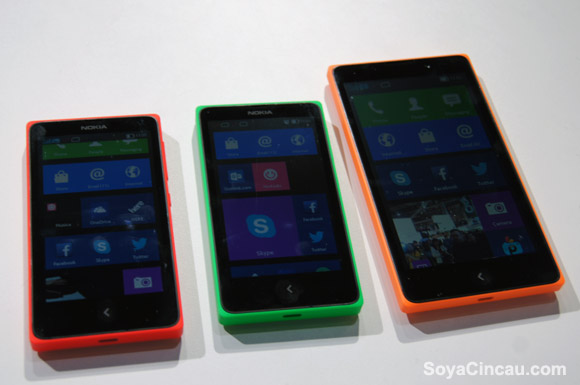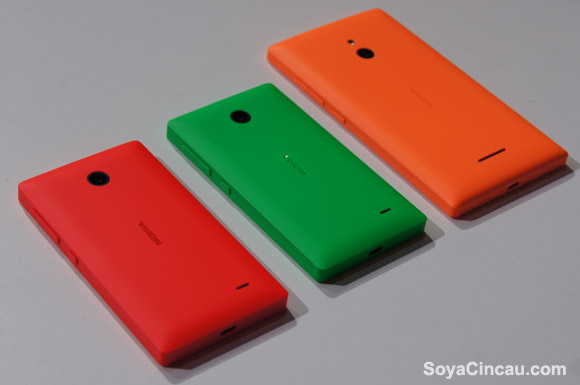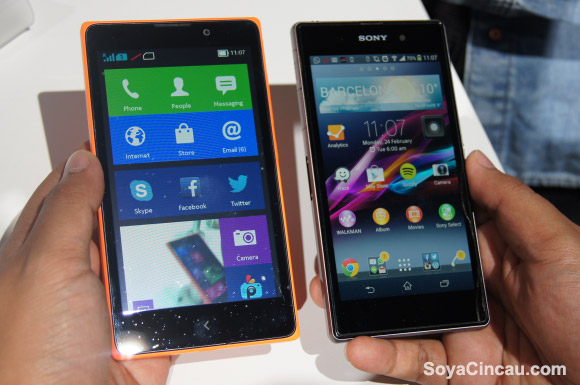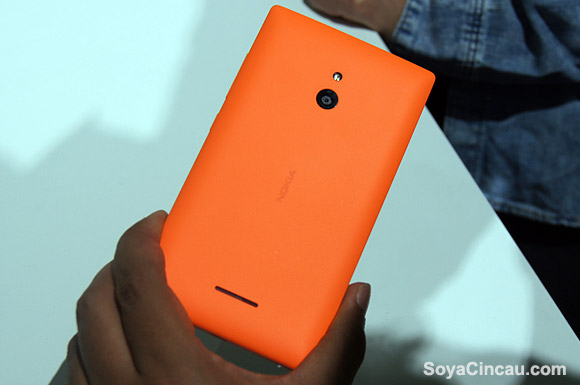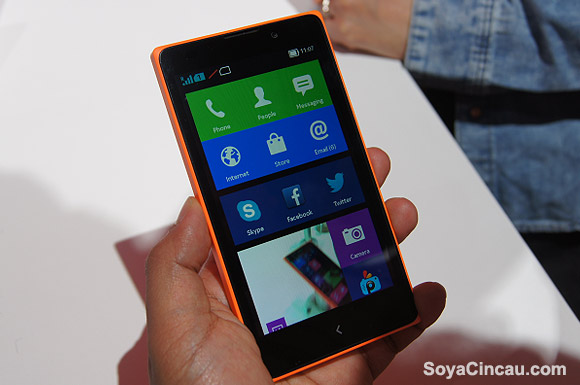Many people go on blind dates with optimism. You don’t know what to expect but you have high hopes that your date will turn out great but most of the time, blind dates don’t turn out the way you hope for, and you wonder why you even bothered in the first place.
If you can understand this then you’ll understand how we felt when we got our hands on the Nokia X.
Nokia and Android has all the makings of a match made in heaven. An open source operating system, a thriving application ecosystem of Android and all the hardware and camera know how of Nokia. It would’ve been perfect. But the reality is far from it.
Despite running Android, the Nokia X experience is completely different from the Android that we’ve used to. Nokia wanted to completely differentiate its Android experience from other manufacturers. It wanted the Nokia X platform to emulate the fluid and easy to use user experience of its Windows Phone devices. It wanted users to forgo Google’s services like Gmail, Google Maps, Hangouts and Google+, in its place Nokia will provide its own user services like Here Maps and Bing search. On paper it seemed like a good idea. In reality, Nokia created one of the most confusing and convoluted user experiences ever.
The Nokia X experience is neither here nor there. It is as if Dr. Frankenstein put together bits of Android and pieces of pseudo Lumia to create an abomination. Yes, that’s how bad it is. The home screen is a mess. You have a mixture of icons that look like you’re using Windows Phone but on the same home screen you see third-party app icons that look third rate. It is painful to use.
Speaking of apps, with the Nokia X, you can’t access the Google Play store and along with it the millions of apps available, instead Nokia has created a specific app store for the Nokia X platform. Most of the apps in the store are direct ports form Google but with a key difference — the apps use Nokia’s API instead of Google. So if an app needs to use maps to track your location, it will do so using Nokia’s Here Maps instead of Google Maps. So while the Nokia X devices use Android, not all Android apps are compatible with the devices, developers will have to tweak the API first before it can be used with the Nokia.
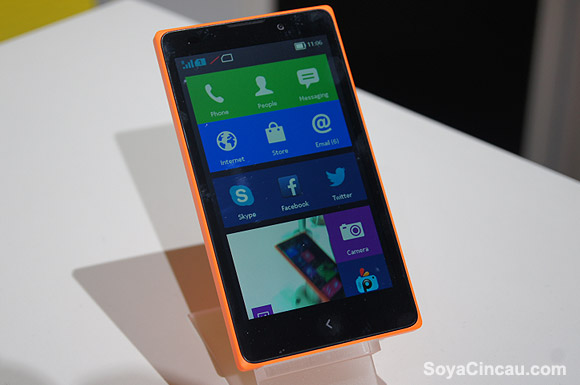
The navigation is no better either. You don’t get a home button instead you navigate with just one back button that take you to different places depending on where you are in the interface — sometimes it takes you back one screen, sometimes it takes you to the home screen, other times it will just loop you around and around screen after screen after screen. You don’t know exactly where you are when using the Nokia X.
And there’s the overall performance. In a nutshell, it’s slow and it’s laggy but then again what do you expect from a dual-core 1GHz processor with less that 1GB of RAM and only 4GB of on-board storage. Nokia says there’s a reason for the mediocre hardware. In Nokia’s grand scheme of things, the Nokia X is created for emerging markets, a way to make cheap devices for users who wan’t all the features of a smartphone at the price of a feature phone. But even when compared to other cheap smartphones the Nokia X falls flat.
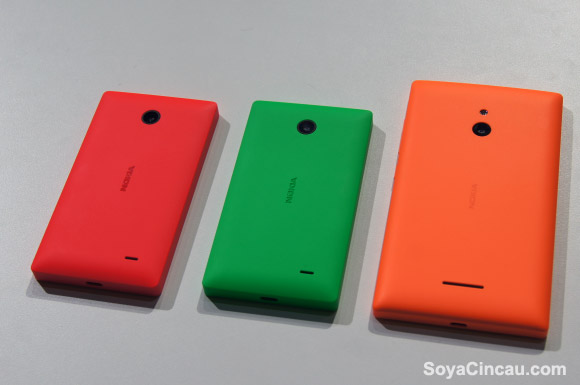
The cheapest Nokia X is expected to sell for RM400, that’s dirt cheap for a smartphone but consider this, the Xiaomi Redmi with its 4.7-inch 720p Gorilla Glass 2 display, its quad-core 1.5GHz processor, 1GB RAM and 8MP main camera runs Android 4.2 and retails for less than RM450. How would you then justify buying a Nokia X when there are better cheaper Android devices in the market? The answer is obvious isn’t it — you don’t.
After so much hype, this is not the Android that you’re looking for.
